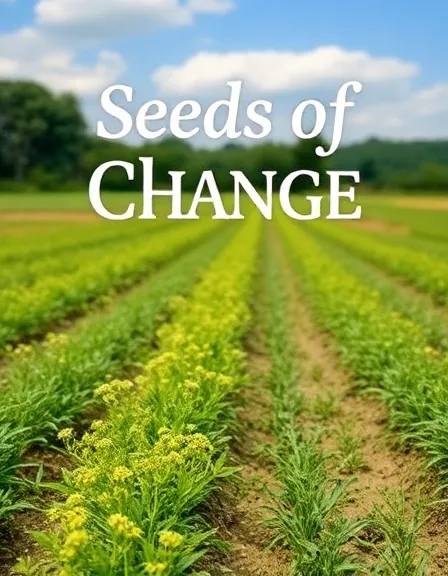Md. Mahfuzur Rahman
Biography
Aspiring Author
Reviews Summary
3.7
Rating Breakdown
3 total ratings
Aspiring Author
3.7
Rating Breakdown
3 total ratings
This first chapter really drew me in with its clear explanation of regenerative farming. I appreciated the comparison of farming methods, making it easy to understand the differences. The description of soil as a living entity was quite thought-provoking. It successfully made me curious about the historical figures and their earth-loving techniques. I'm definitely interested in reading the rest to learn more about these "superheroes" of farming. The book promises a journey that feels both educational and inspiring. It feels like a good start to a book that aims to show the positive impact of farming. I'm eager to see how the author continues to explore these concepts. Can't wait to see where this story goes and learn more about the change seeds. This looks like a valuable read for anyone curious about where food comes from.
This first chapter of Seeds of Change offers a thoughtful introduction to regenerative farming. The concept of viewing soil as a living entity was particularly engaging. The author's explanation of the "gentle handshake" with nature is a nice way to frame the core idea. I found the superhero analogy for farmers to be a bit simplistic, but it does convey the theme well. The chapter effectively outlines the benefits, making me curious about specific historical examples. I'm definitely interested in reading the rest to see how these principles evolved. The author certainly sets up an intriguing premise for the rest of the book. I'm curious to learn more about the specific people and their journeys. The value proposition for the full version seems clear in its historical exploration. It would be interesting to see deeper dives into the challenges faced by these farmers.
This first chapter really drew me in with its clear explanation of regenerative farming. I appreciated how the author framed farming as a nurturing process and soil as a living entity. The "superhero" analogy for regenerative farmers is quite memorable and illustrative. I'm definitely interested in reading the rest of the book to learn more about these earth-loving techniques. The opening sets up an intriguing premise for a historical exploration of vital farming practices. I'm eager to discover the stories of the people who pioneered these methods. Can't wait to see where this story goes and how it impacts our understanding of food. This preview makes me feel it will be a valuable read for anyone curious about our planet's future.
